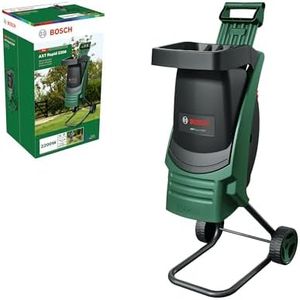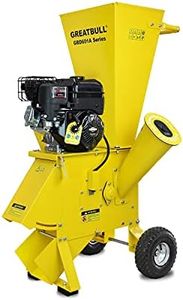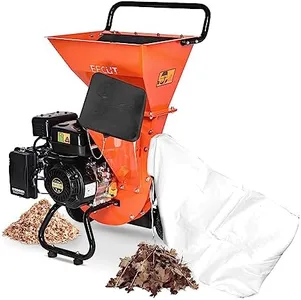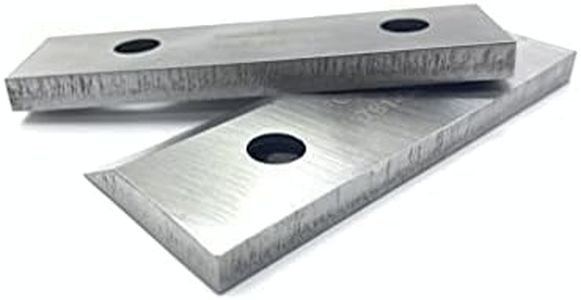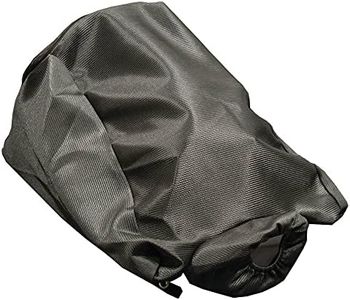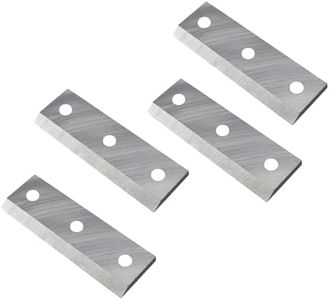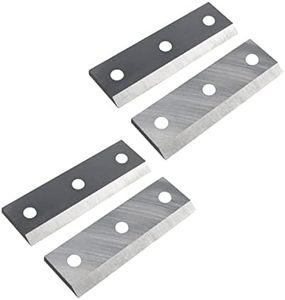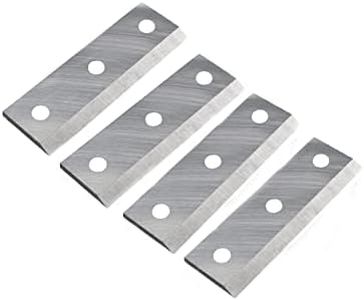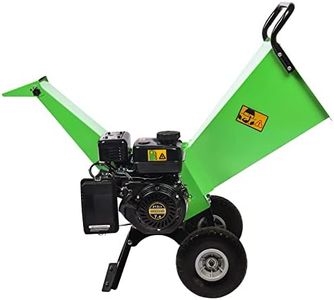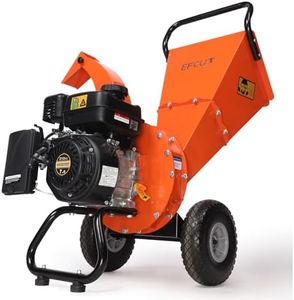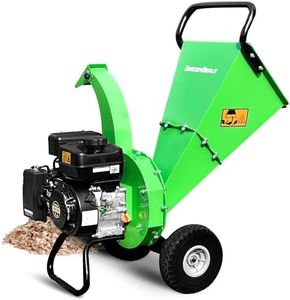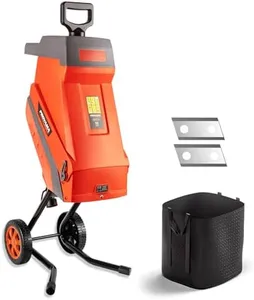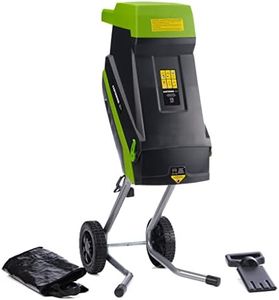We Use CookiesWe use cookies to enhance the security, performance,
functionality and for analytical and promotional activities. By continuing to browse this site you
are agreeing to our privacy policy
10 Best Wood Chippers
From leading brands and best sellers available on the web.Buying Guide for the Best Wood Chippers
Choosing a wood chipper can make outdoor cleanup, gardening, or landscaping much easier, but finding the right one isn’t always obvious. It’s important to think about the size of the branches and debris you need to manage, the amount of work you expect to do, and how you prefer to power the machine. Being aware of the different features and specs can help you match a wood chipper to your actual needs for performance, ease of use, and safety.Chipping CapacityChipping capacity refers to the maximum diameter of branches or material the chipper can handle. This is especially important, as using a chipper on branches that are too thick can jam or damage the machine. Capacities are typically listed in inches. Light-duty chippers often handle up to 2 inches in diameter, which is suited for small branches and yard trimmings. Medium models might handle up to 3 or 4 inches and fit well for small property owners with occasional larger limbs. Heavy-duty chippers offering more than 4 inches are intended for regular, intensive use or professional landscaping. To choose the right one, consider the size of branches you typically deal with—don’t over- or underestimate this spec.
Engine Power (Horsepower or CC)Engine power, usually measured in horsepower (HP) or cubic centimeters (CC), determines how effectively the chipper can process tough or large material. Higher numbers mean more power and faster chipping, but also a heavier and potentially noisier machine. Small yard projects work fine with lower-power (around 5-7 HP or under 200cc) options, while larger or tougher jobs benefit from mid-range (8-12 HP) or even higher for large properties or commercial-type workloads. Match the engine power to the type and volume of material you expect to handle most often.
Power SourceWood chippers are powered by either gas engines, electric cords, or occasionally via a tractor’s power take-off (PTO). Electric models are quieter, easier to maintain, and best for small jobs or residential use with an accessible power outlet. Gas-powered models offer more mobility and power for remote areas or larger loads but require more maintenance. PTO models attach to tractors and are suitable for farms or large acreage. Your usual working location and intensity should guide this choice.
Reduction RatioThe reduction ratio describes how much the chipper reduces debris volume, such as turning 10 bags of branches into 1 bag of chips (10:1 ratio). Higher ratios mean finer, more compact mulch. If you want to generate mulch for gardens or need to reduce yard waste for easier disposal, a higher reduction ratio is valuable. If you mainly want faster cleanup and don’t care much about chip size, a lower ratio may suffice.
Feed System (Manual vs. Self-Feeding)Some chippers require you to manually feed each branch (manual feed), while others use mechanical rollers to pull material in automatically (self-feeding or automatic feed). Manual systems are simple, less expensive, and better for irregular use or small jobs. Self-feeding options make bigger jobs much easier and faster, reducing effort but typically come on higher-capacity machines. Choose manual feed if you deal with branches only occasionally, or self-feeding if you value ease and efficiency for regular, more substantial work.
PortabilityPortability is about how easy it is to move the chipper around your property. Small chippers often have handles and wheels, making them simple to push or pull. Larger models may be towable or stationary. If you know you’ll need to work in various locations or want to store the unit away from your work area, look for good wheels or tow features. For infrequent use in a fixed spot, portability may not be as crucial.
Safety FeaturesBecause wood chippers are powerful machines, built-in safety features are critical. Look for features like emergency shut-off switches, large hopper openings to keep hands safe, shields, and clear operating instructions. A machine with strong safety features is important particularly if you’re new to using chippers, or if children and pets are around. Always prioritize safety to prevent accidents during use.
